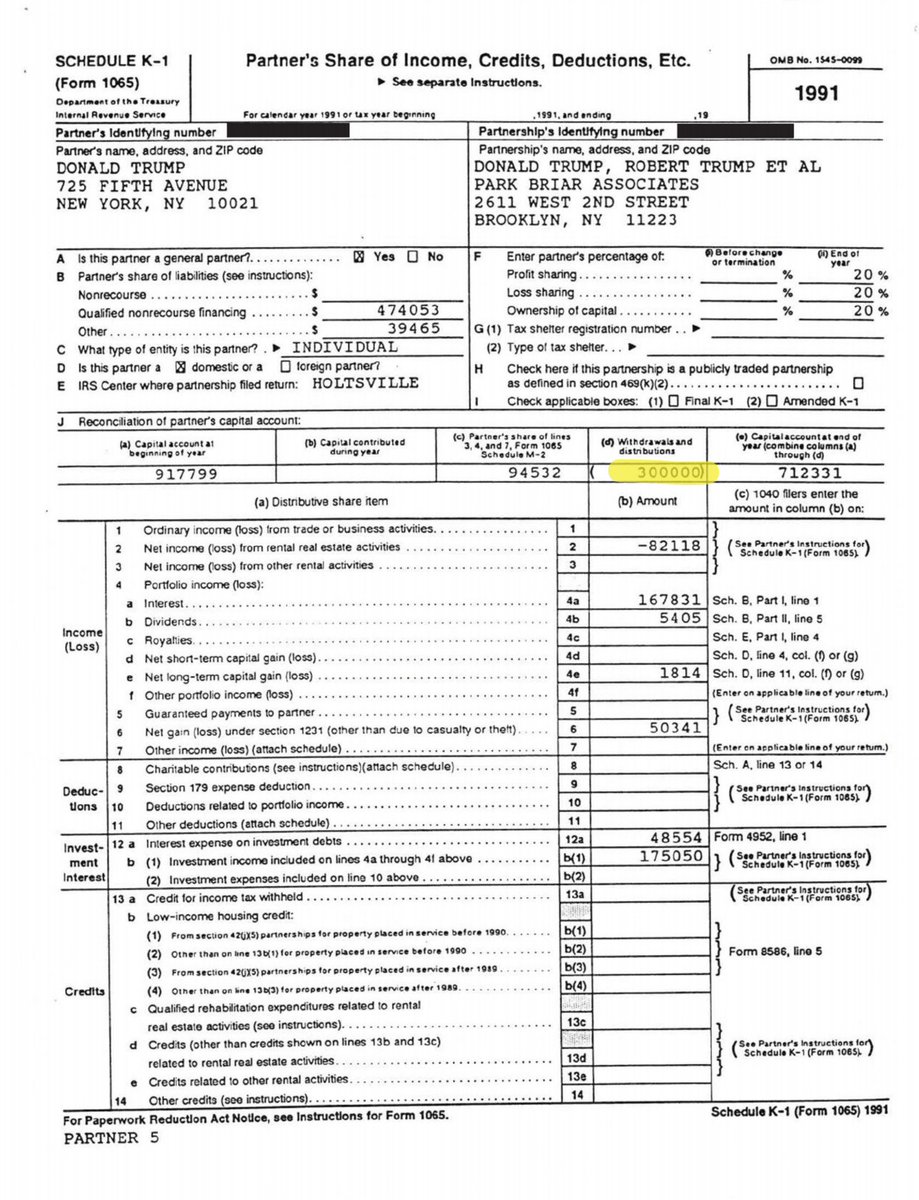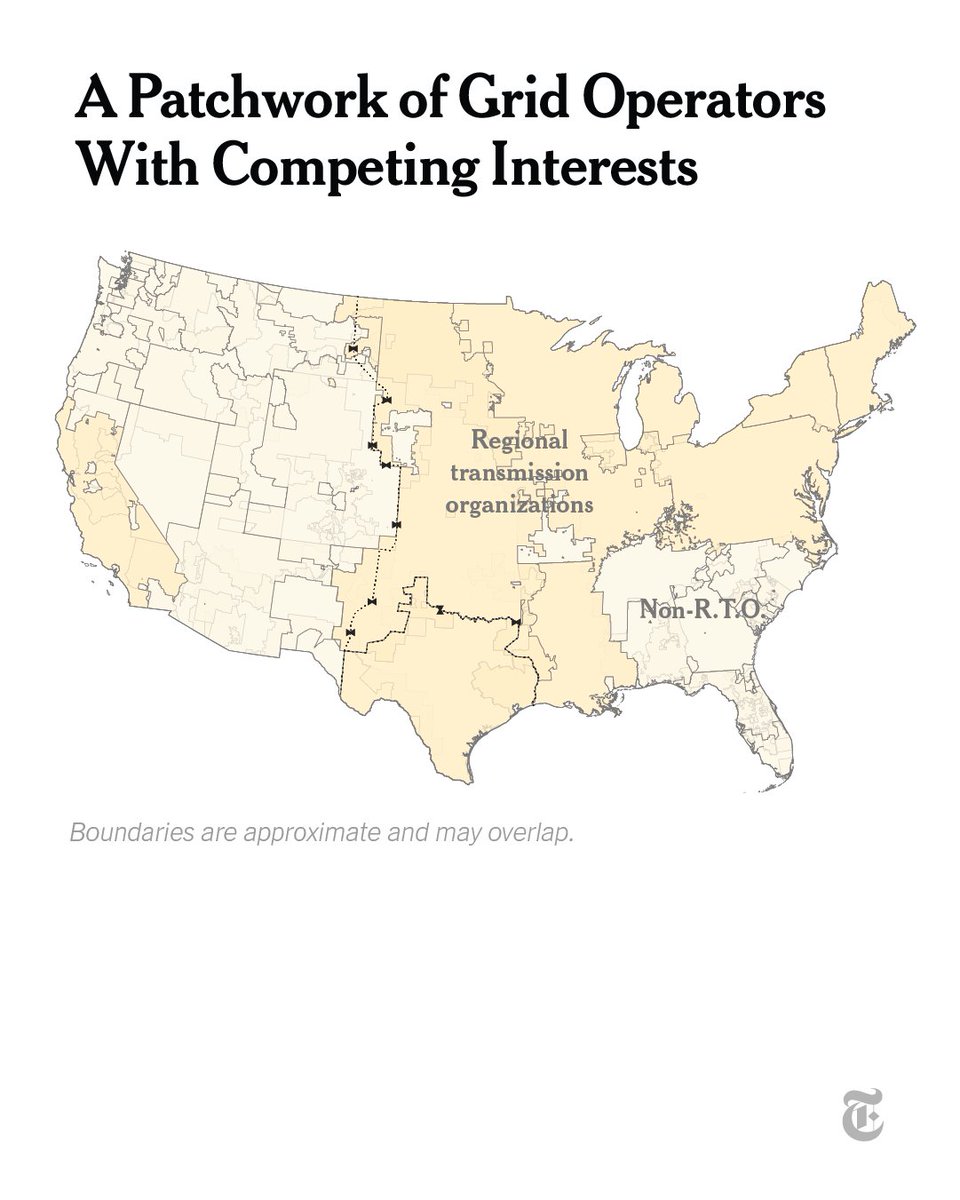President Trump has sold himself as a self-made billionaire but a Times investigation found that he received more than $400 million from his father’s empire, much of it through dubious tax schemes during the 1990s, including instances of outright fraud. nyti.ms/2ycj05o
Trump declined repeated requests over several weeks to comment for this article. But a lawyer for Trump, Charles J. Harder, provided this statement: "The New York Times’s allegations of fraud and tax evasion are 100 percent false, and highly defamatory." bit.ly/2NijMDE
The New York Times’s findings are based on interviews with Fred Trump’s former employees and advisers and more than 100,000 pages of documents describing the inner workings and immense profitability of his empire. nyti.ms/2Rq684G
What emerges from this body of evidence is a financial biography of the 45th president fundamentally at odds with the story Donald Trump has sold in his books, his TV shows and his political life. nyti.ms/2y4JDJA
We hope you have time to read the complete investigation by @DavidBarstow, @SusanneCraig and @RussBuettner. But if you don't have time right now, here are 11 key takeaways from The New York Times's investigation into Trump's wealth. nyti.ms/2xTgRw7
In President Trump’s version of how he got rich, he parlayed a $1 million loan from his father into a $10 billion empire. This version was amplified by decades of credulous coverage from news organizations, including The New York Times. nyti.ms/2Rq684G 

As the 1980s ended, Donald Trump’s big bets began to go bust. Trump Shuttle was failing to make loan payments within 15 months. The Plaza was bankrupt in 4 years. His Atlantic City casinos tumbled into bankruptcy. What didn’t fail was the Trump safety net. nyti.ms/2Rq684G 

Between 1989 and 1992, tax records show, 4 entities created by Fred Trump to support his children paid Donald Trump today’s equivalent of $8.3 million bit.ly/2y4OoTs 

In 1990, according to previously secret depositions, Donald Trump tried to have his father’s will rewritten in a way that Fred Trump feared could result in his empire’s being used to bail out his son’s failing businesses. nyti.ms/2Rq684G 

Fred Trump took prompt action to thwart his son. He dispatched his daughter to find new estate lawyers. The lawyers quickly drafted a new document stripping Donald Trump of sole control over his father’s estate. Fred Trump signed it immediately. nyti.ms/2Rq684G 

Clumsy at it was, Donald Trump’s failed attempt to change his father’s will brought a family reckoning about 2 related issues: Fred Trump’s declining health and his reluctance to relinquish ownership of his empire. nyti.ms/2Rq684G
On Nov. 22, 1997, in an episode never before revealed, Donald Trump and his siblings gained ownership of most of their father’s empire. nyti.ms/2Rq684G 

On May 4, 2004, the Trump children signed away ownership of the empire their father had built over 70 years. The total sales price: $737.9 million. Donald Trump’s cut: $177.3 million, or $236.2 million in today’s dollars. nyti.ms/2Rq684G 

The New York Times’s findings raise new questions about President Trump’s refusal to release his income tax returns, breaking with decades of practice by past presidents. nyti.ms/2Rq684G 

As for the $1 million loan President Trump so often cites, The New York Times found that Fred Trump actually lent his son at least $60.7 million, or $140 million in today’s dollars: nyti.ms/2Rq684G
• • •
Missing some Tweet in this thread? You can try to
force a refresh















